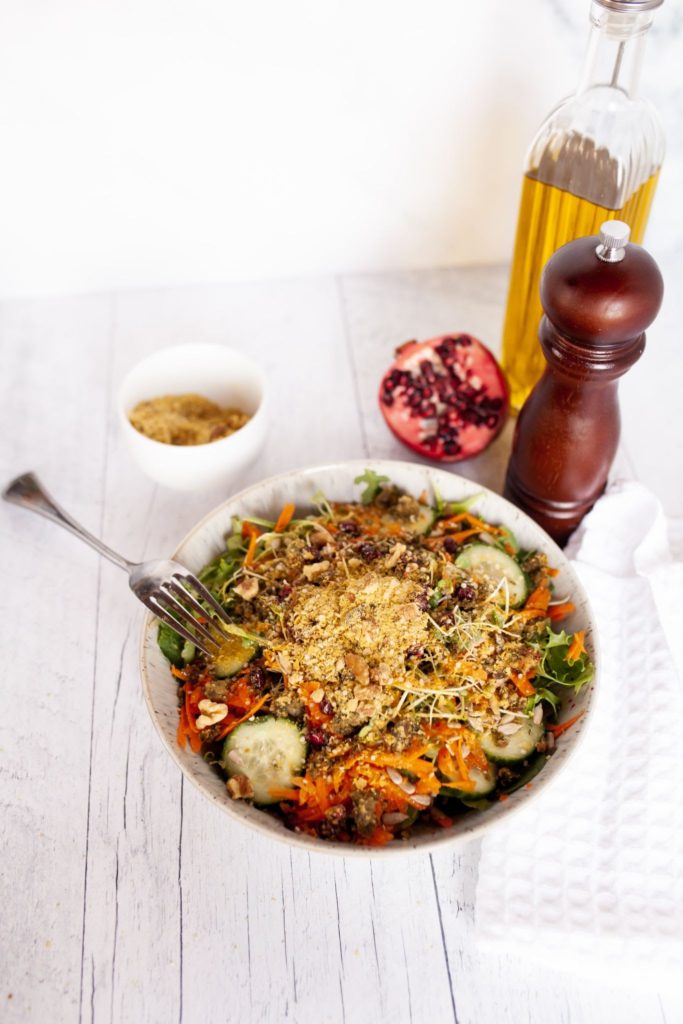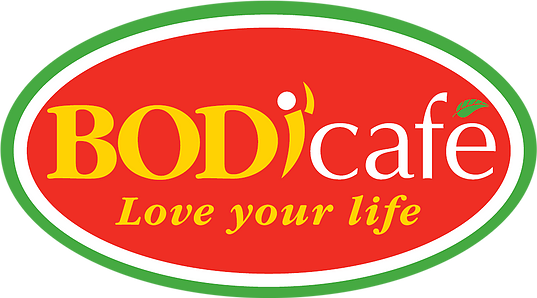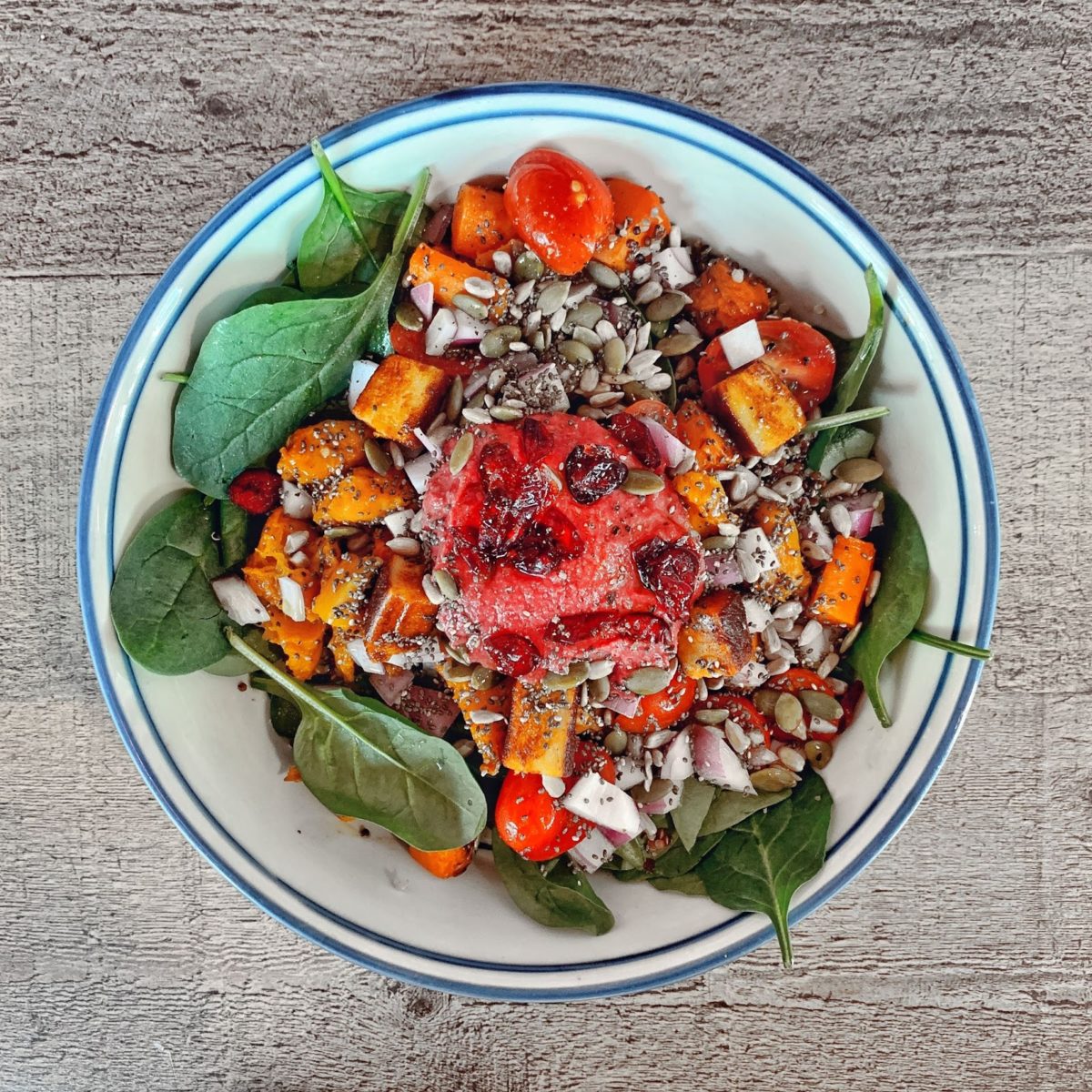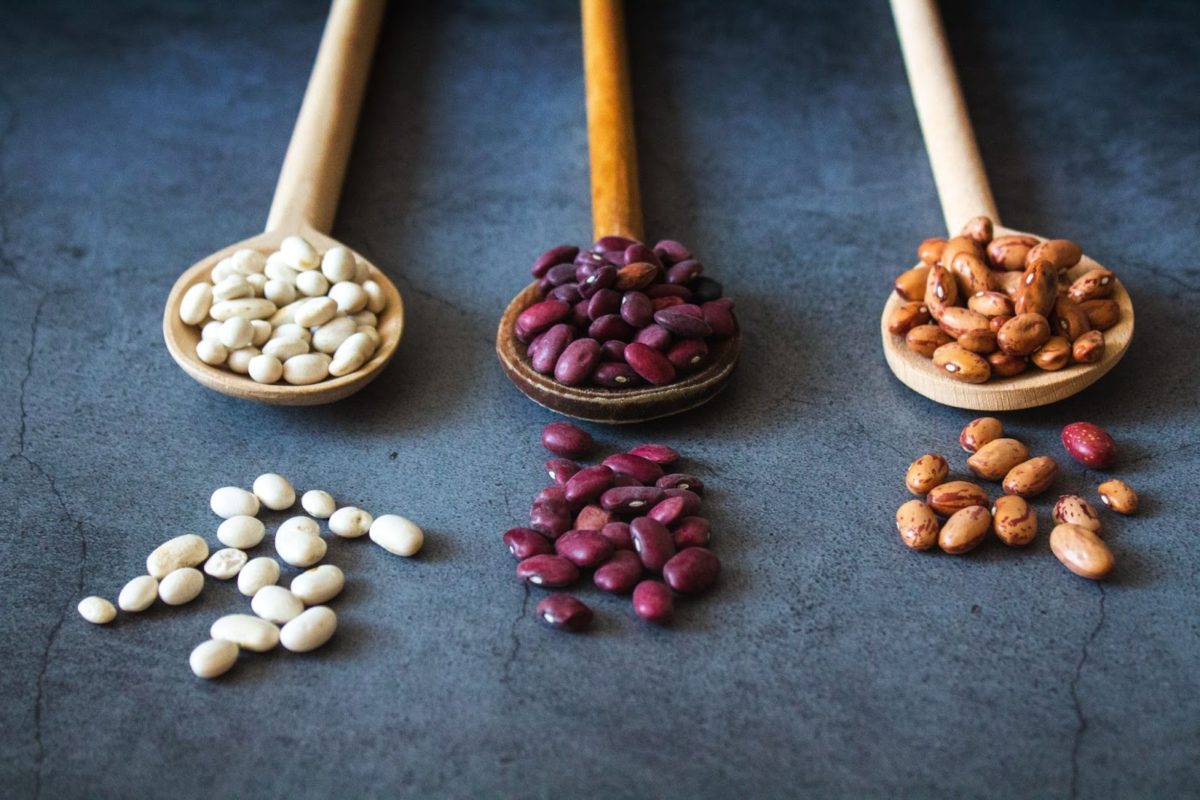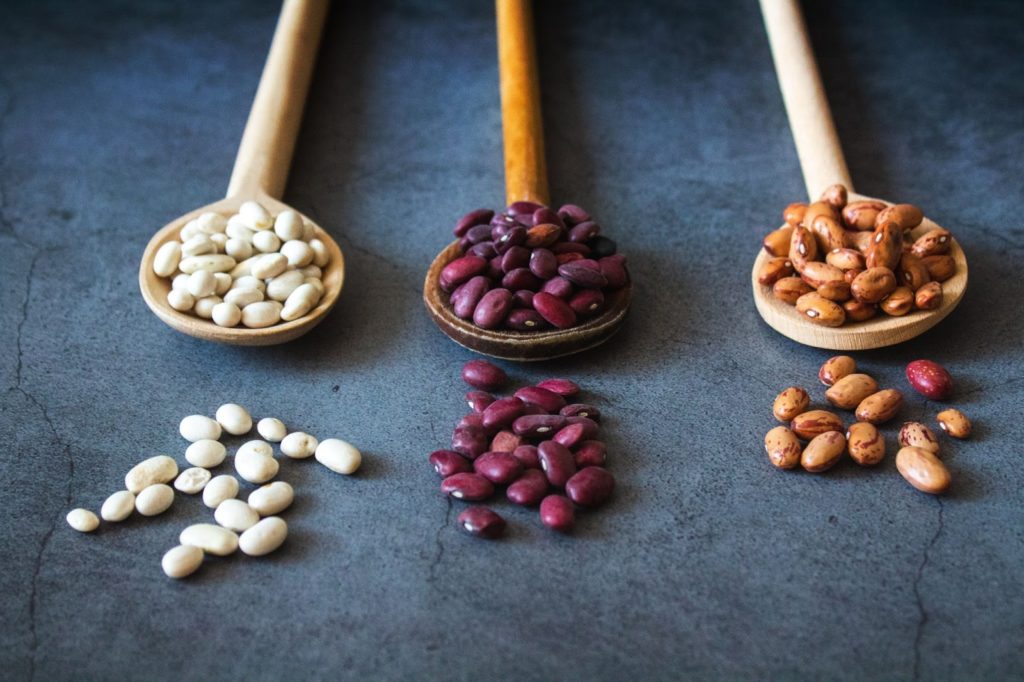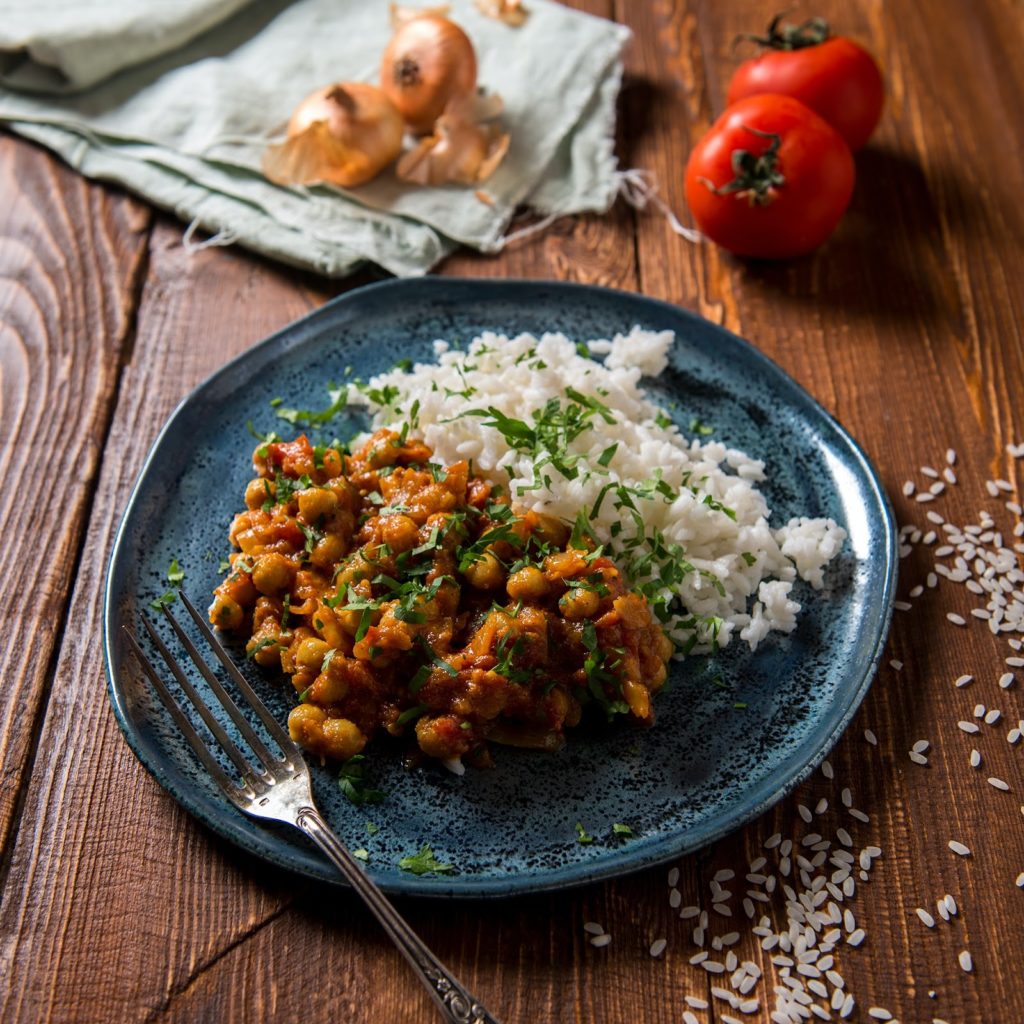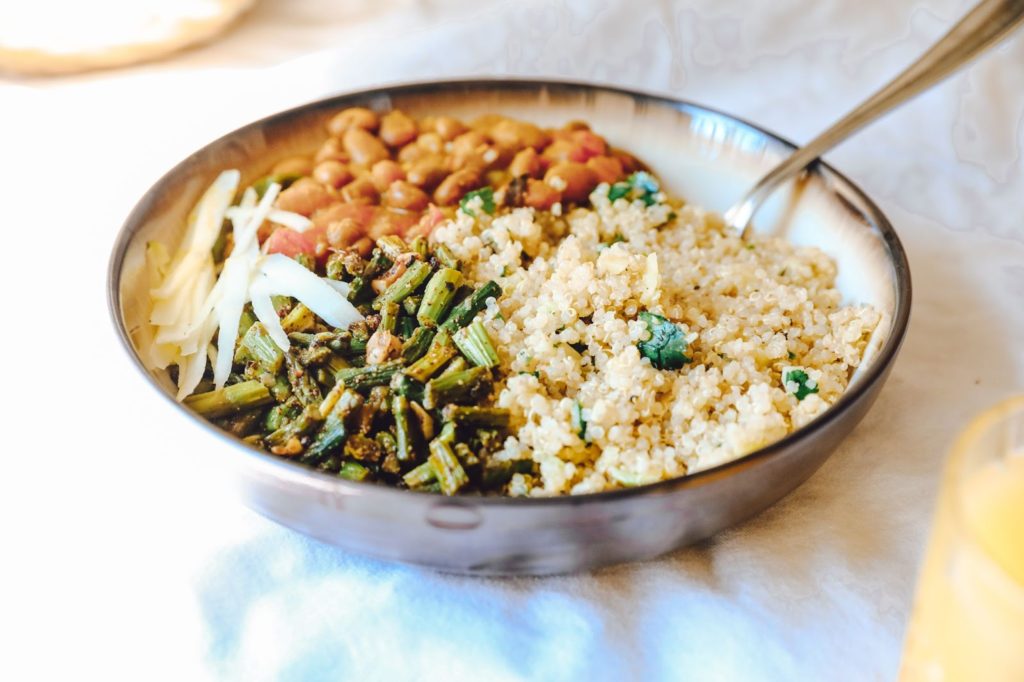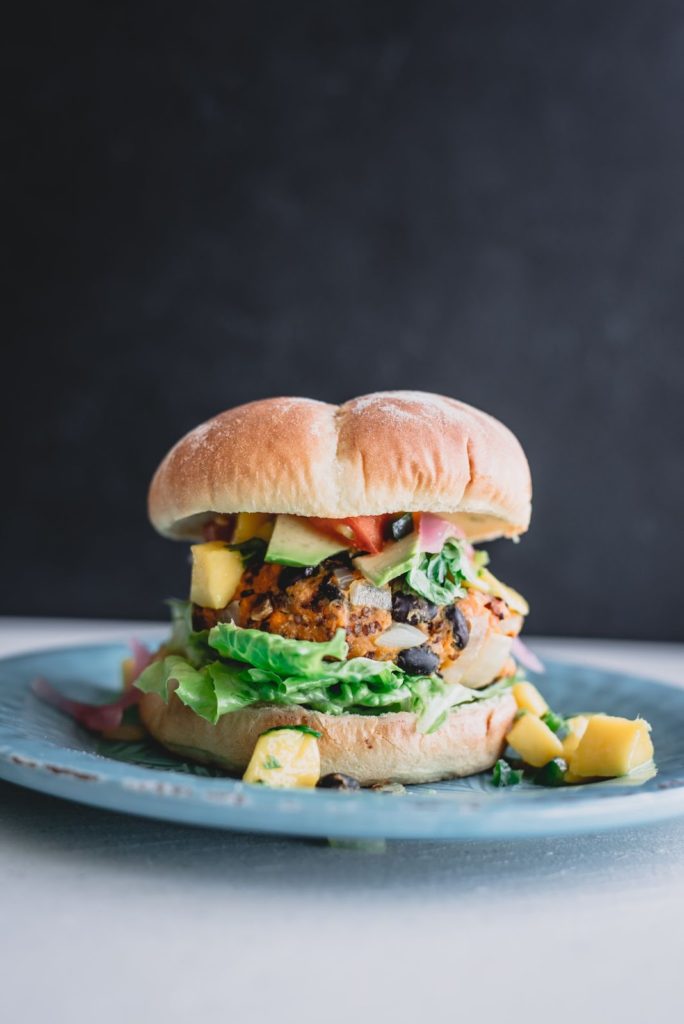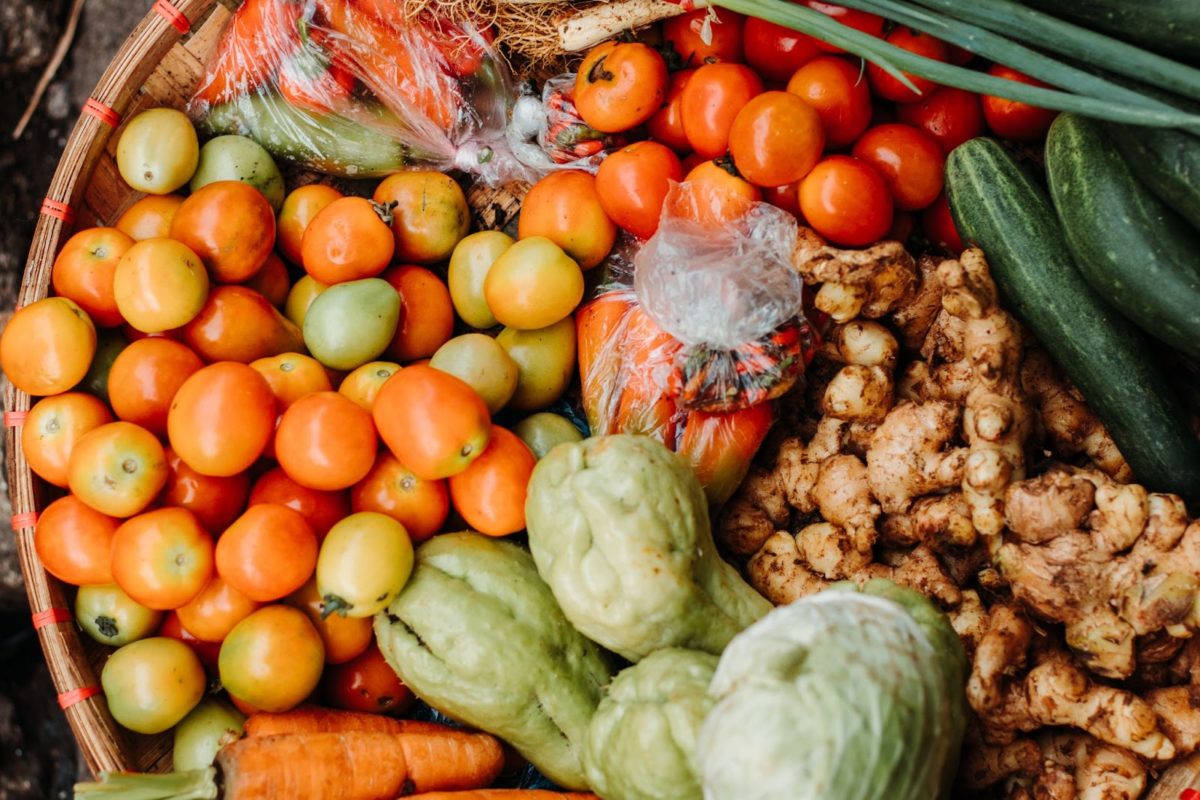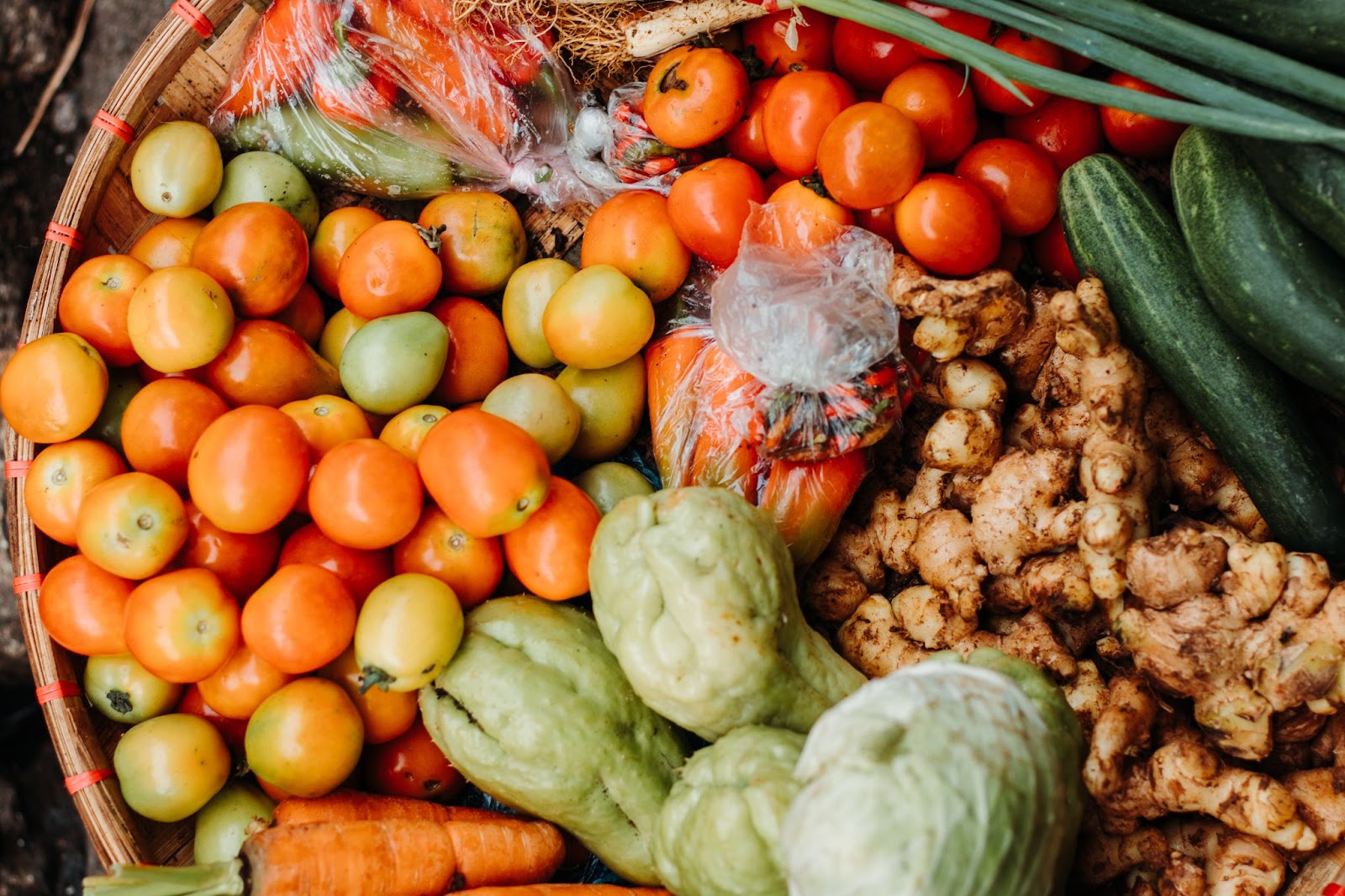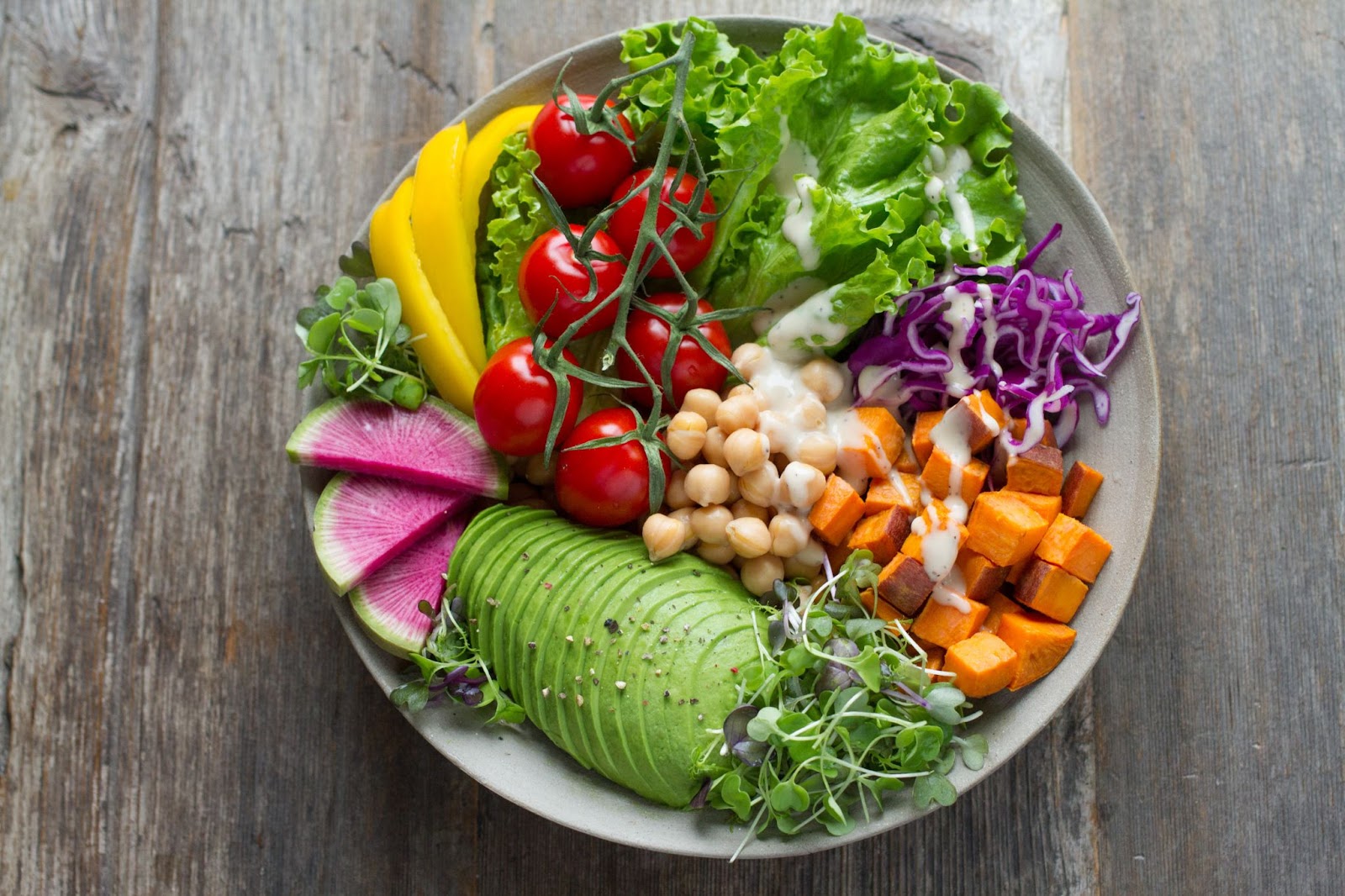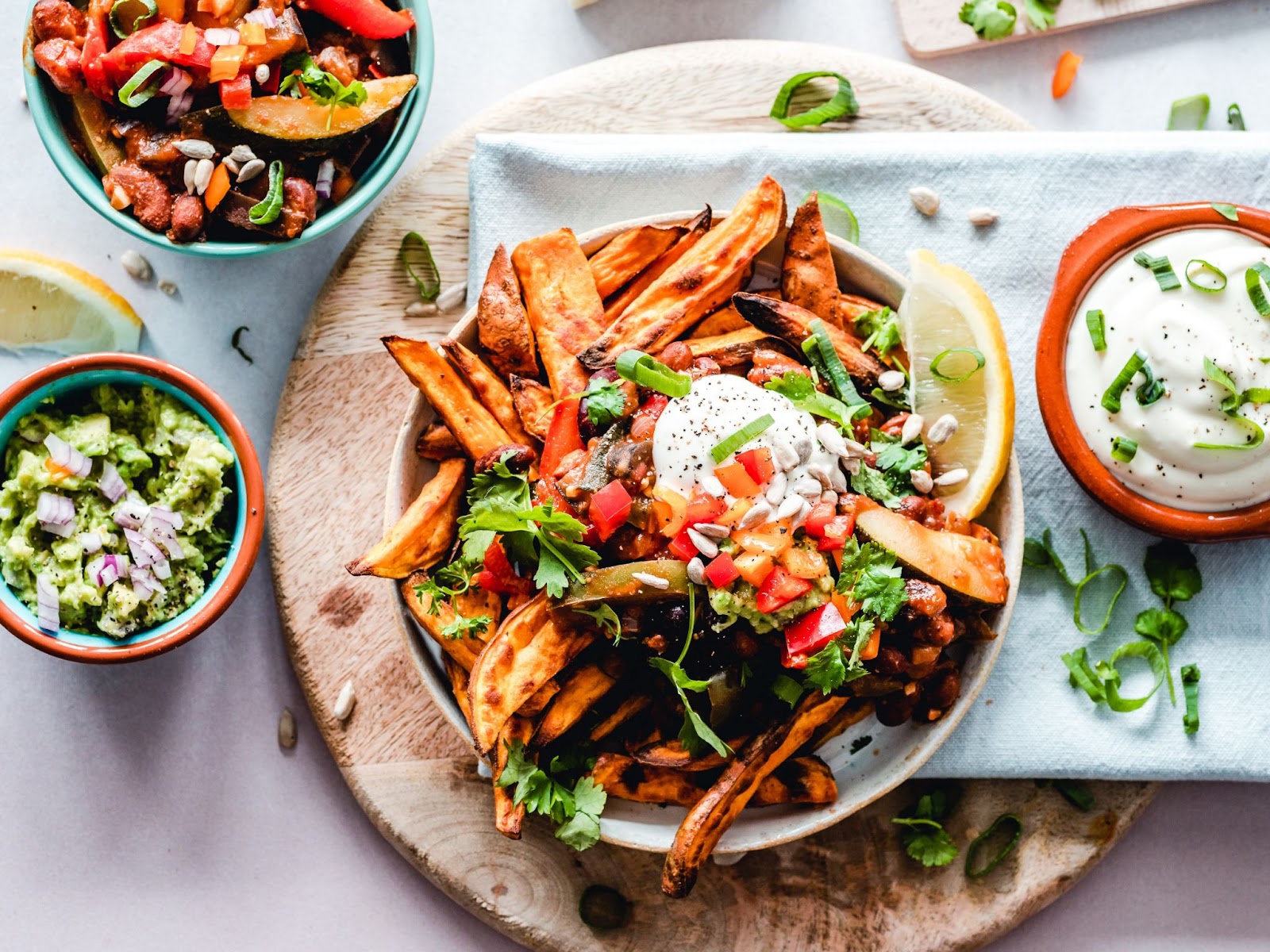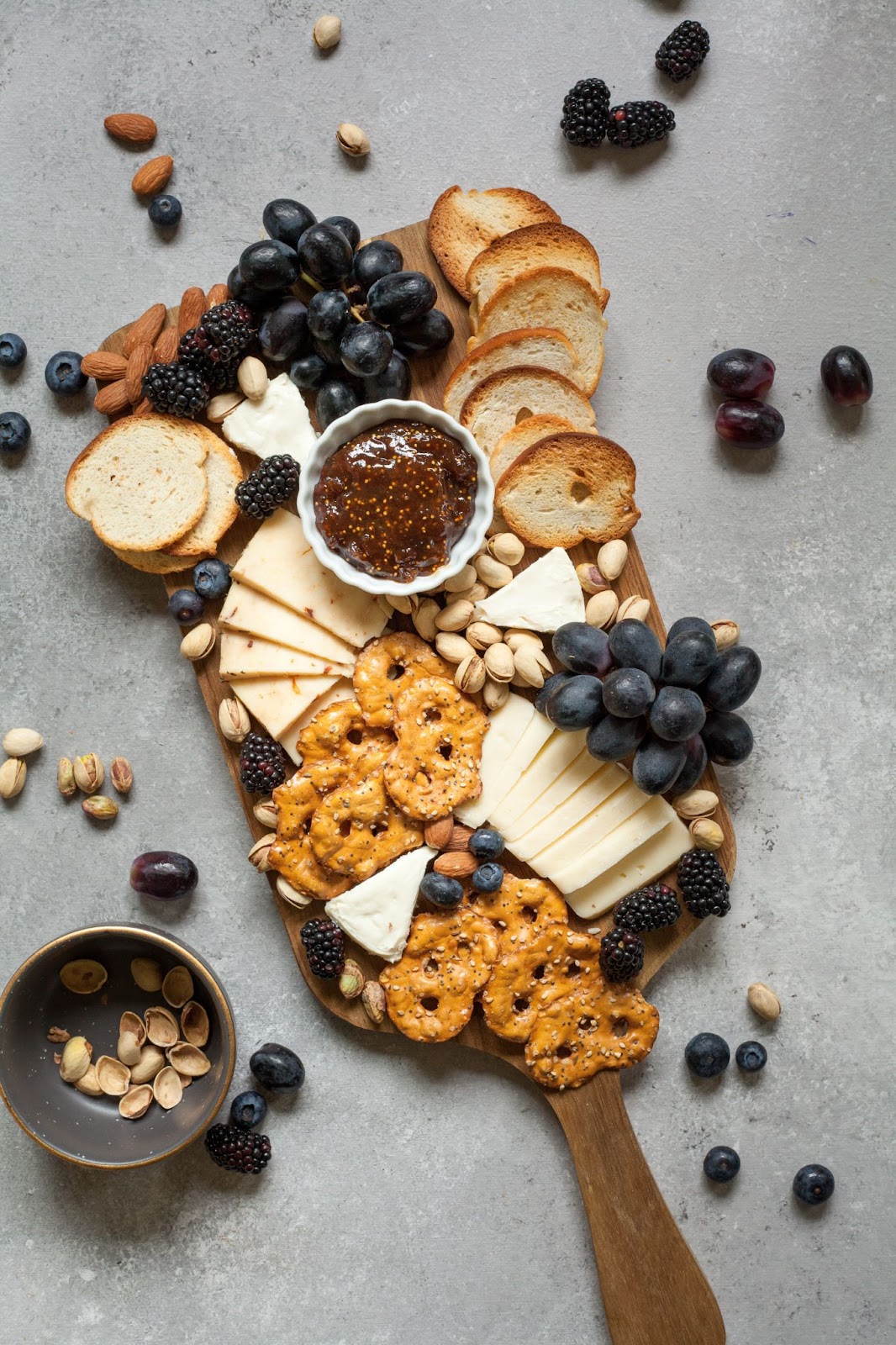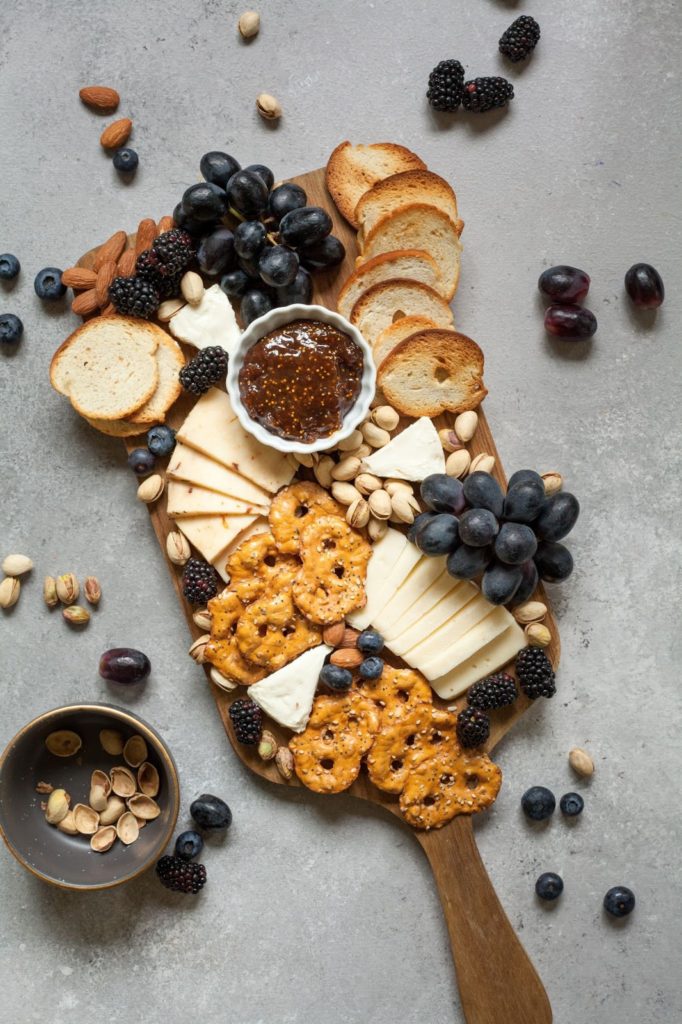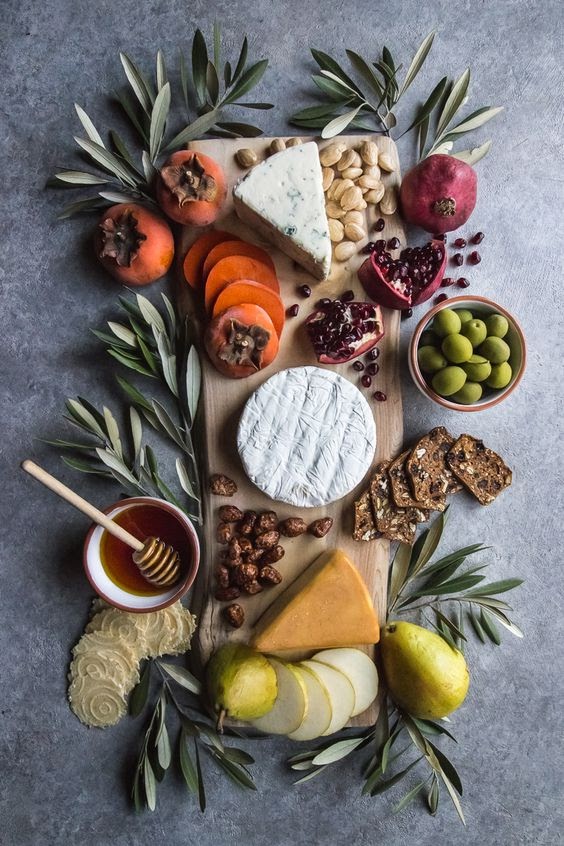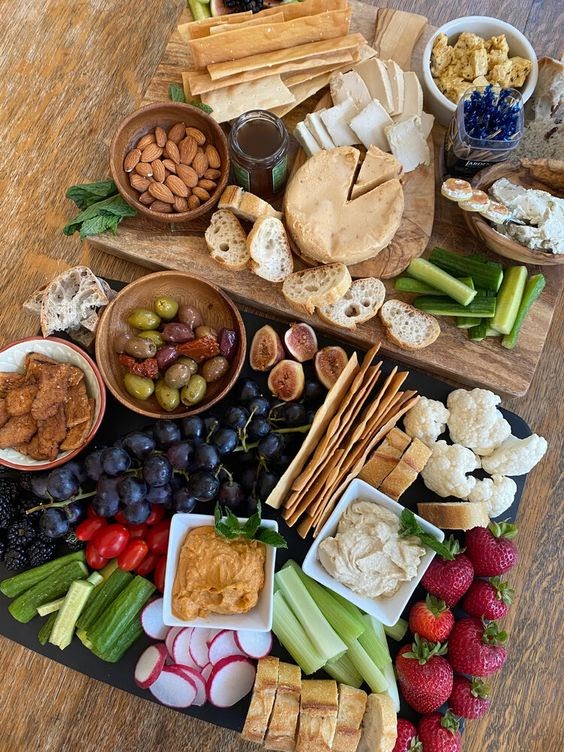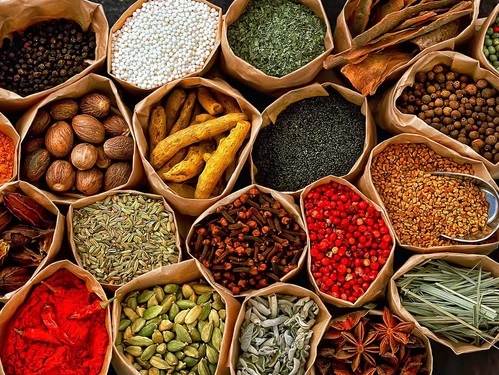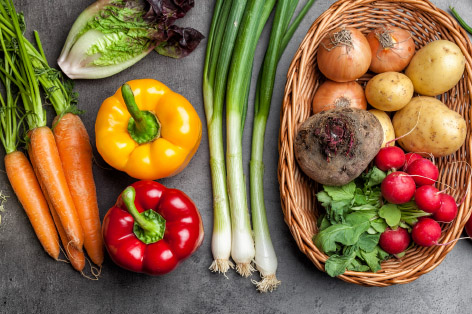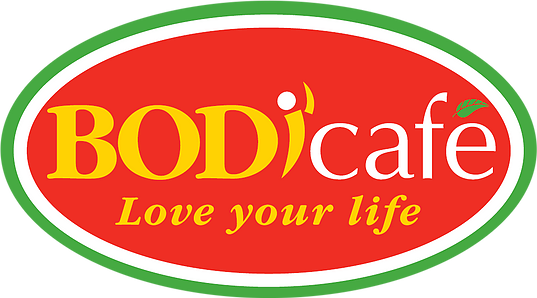Veganuary has come to an end. We hope you really enjoyed the benefits of trying out veganism this past month, but veganism may still seem a little daunting to you. Who says it has to end there? Plant-based holds so many possibilities for the rest of the year and we think you should explore them!
Embarking on a mission to create a more plant-based lifestyle can be intimidating at first. It requires a level of commitment that takes a little more time and effort when done right. I want to assist you in trying out some methods on how to maintain a plant-based lifestyle beyond Veganuary.
BALANCE
It is easy to find and stay in a single direction when you are in unchartered territory. However, this takes away from the journey’s experience, wouldn’t you say? It is easy to veer in the direction of easy vegan or plant-based meals such as quick meat substitutes or vegan junk food. As awesome as it is that we have these options to add a little something extra to our diets, basing the majority of our dietary consumption on them can lead to an unhealthy plant-based lifestyle (yes, it is possible). One may start feeling sluggish, demotivated, and unenthused by the prospects of going plant-based.
Nature offers an abundance of nutrients. We just have to make the effort to give our bodies the nutrition it needs. But how do we know we are getting the right amount of nutrients in one meal? A little piece of advice: eating the rainbow (with an especially generous serving of greens).
Exercise helps our bodies circulate these nutrients to our organs. They are then converted into essential chemical compounds. Ensure you create an exercise routine each week that works for your body. Drink plenty of water to keep your blood circulating and energising your system.
Balance is essential in extracting the full (and indisputable) benefits of going plant-based. A lifestyle is multi-faceted. It requires several factors to occur holistically.
PLAN AHEAD
Make a shopping trip every week to get your essential fresh produce. Make time on the weekend (record or download that TV show for later!) to prep a few meals for the week ahead. Start small and build on those veggie dishes you already enjoy before trying to reinvent the wheel and becoming overwhelmed. A simple fruit salad, nuts, seeds, roast veg, lentils, and leafy greens are great, versatile ingredients to start off with. They are durable, tasty, and satisfying. Veg soup of any kind is a great prep meal and can be frozen for dinners in the coming week.
Planning is a building block of success. It does not guarantee that everything will run smoothly but it surely facilitates the process. Life is a rollercoaster. Factor in a few plant-based healthy alternative snacks into your grocery list for those days when life takes an unpredictable turn. Include family and friends in your meal prep to mitigate the pressure and to hold yourself accountable.
It will take time for your body to adapt to this new lifestyle. Cravings will come and go. Allow yourself a plant-based treat now and then. Your body can signal exactly what it needs at the right time.
Listen to your body with an informed intuition and allow it to nourish itself in the best way. Emotions do factor into a lot of our craving impulses but try not to let them sway your decisions entirely. Think ahead for your future self. Plant-based is not about restriction but a holistic lifestyle that aims to improve not only your health but the wellbeing of the earth and every creature that inhabits it.
Soon you will be excited for meal prep each week!
REMEMBER YOUR ‘WHY’
It is easy to get bowled over by the wave of healthy lifestyle advice the media spews out at an almost inexhaustible rate. When you find yourself second-guessing everything you are doing, every ingredient you are choosing, and coming to the edge of giving up, step away from the clutter and centre yourself. Remember why you have chosen to transition to plant-based. Remember the things that you enjoy about it rather than the diet dogma you have been bombarded with. Remember how you feel when you are eating for your health rather than by rules. Remember the beneficial lifestyle changes you have noticed since you began.
Remember how far you have come and most importantly: Remember what works for you! Who knows your body better than you do?
Speak encouragements to yourself as often as you can. You have no idea how strong you are. Give yourself a chance to find out.
ENJOY COMMUNITY
Treat yourself to a variety of plant-based foods from different cooks in your own home and from restaurants that offer these options. In this way, you can discover new recipes, insights, and a community of support you never knew existed!
It is so easy to feel alone in this transition. Maybe you are the only one in your family or your friend group. That does not mean you are the only person in the world on this journey. Thankfully, the variety of plant-based options have grown and so has the community.
Reach out on social media, share your food with your family and friends and you may be surprised by how many people you inspire and encourage.
EXPRESS YOUR CREATIVITY!
Exercise your inner cooking flair and have fun with new ingredients and new ways to prepare ‘boring’ ingredients. Who knew avocado could be a delicious chocolatey mousse? Cauliflower is fast becoming one of the most versatile vegetables (from pizza to rice the possibilities are endless!). There are numerous plant-based bloggers with a treasure chest full of exciting recipes for you and your family to try out. BodiCafé invites you to visit our HLC Blog for exciting new recipes too.
Enjoy the journey, your body will thank you!
